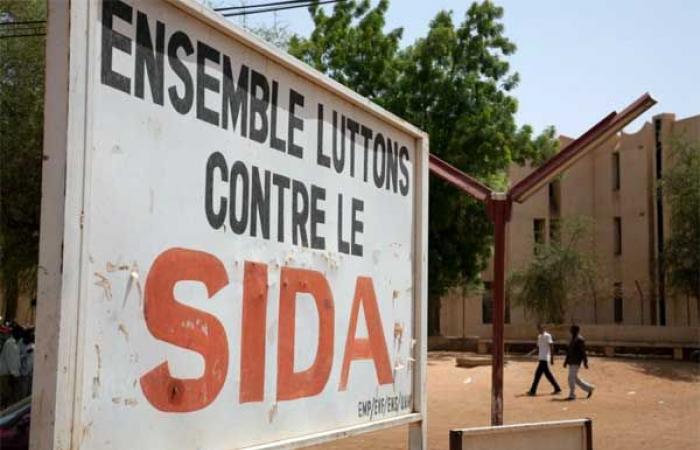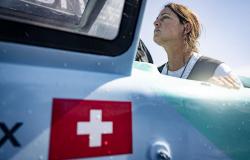
World AIDS Day is celebrated this December 1st. Despite enormous progress, there are still some efforts to eliminate HIV by 2030. The role of the media could be decisive, particularly in raising awareness. Par Alioune Badara – YOU ARE THE ONE –
The challenges of managing information concerning AIDS and people living with HIV were, on Tuesday, at the heart of discussions at the symposium organized by the Association of Health Journalists. “Management of sensitive information by journalists specializing in health and development. Towards the elimination of AIDS: integration, innovation and impact” was the theme of the meeting taking place as part of the 4th edition of the AIDS Scientific Days in Senegal which is being held from November 26 to 28, 2024 at Cicad. “This session with the Association of Journalists is a great opportunity to see what journalists can do to help the different programs achieve the objectives we have set,” noted panelist Dr. Fatoumata Ly. The person responsible for monitoring sub-recipients at the level of the National Council for the Fight against AIDS (Cnls) welcomed the satisfactory results achieved so far, particularly through the 3-95, and urged journalists to provide more support for achieve the final objective of eradicating AIDS in 2030. “For the 1st 95, namely to detect 95% of people living with HIV, Senegal is at 90%, so we still have a gap to reach. The 2nd, which consists of putting 95% on treatment, we are at 93%. And for the last one, that is to say viral suppression, Senegal is at 91% (…) So it is good that we can work with the network of journalists to help us eliminate AIDS from here 2030,” she said. She therefore called for innovative strategies for greater impact. Updating sessions for journalists, more television sets on the subject with specialists, storytelling with people living with HIV, etc., she highlighted as avenues in this direction. For Soukeyna Ndiaye, president of the National Network of Organizations of People Living with HIV (Rnp+), the fight against this scourge must be done without stigma or discrimination. “When we talk about communication, we talk about mastery of the subject, mastery of information, but also mastery of the environment,” she said, assuring that gaps in transmission have always negative impacts (fear and destabilization in particular) among patients and in general on the entire population. For Fara Diao, a journalist specializing in health issues, data protection, confidentiality and respect for human rights must guide journalistic activity. “Today we made a stop to evaluate what has been done and open other areas of collaboration (…) The Cnls expects a lot from journalists in the AIDS eradication strategy by 2030,” said Mr. Diao, recalling the obligation of close collaboration between health authorities and media people on the path to definitive eradication.
[email protected]
Senegal





